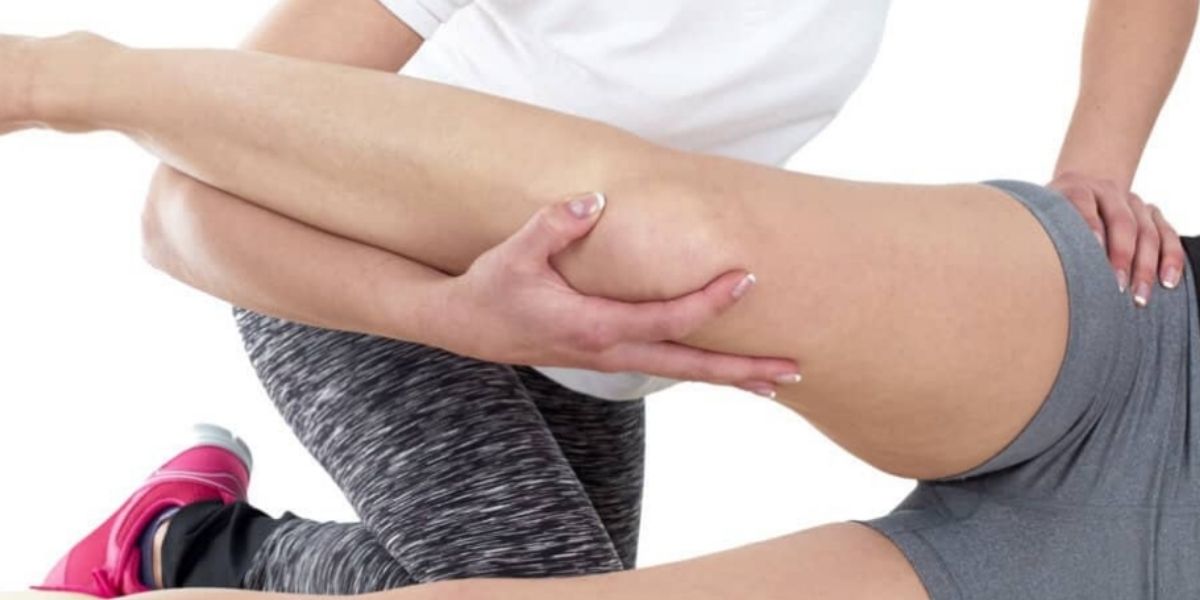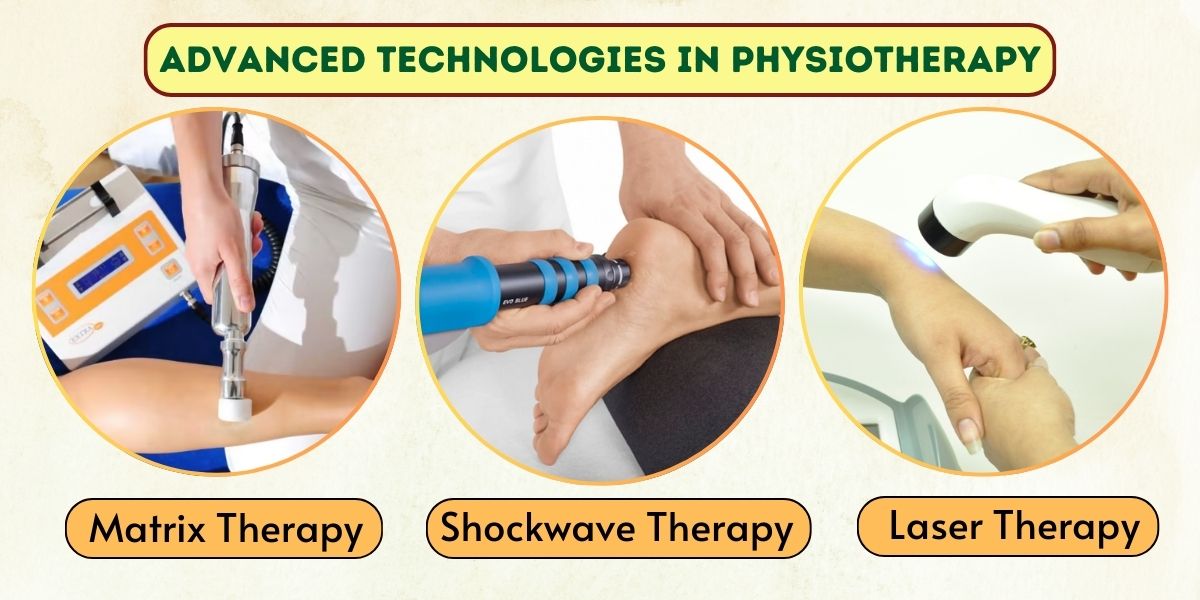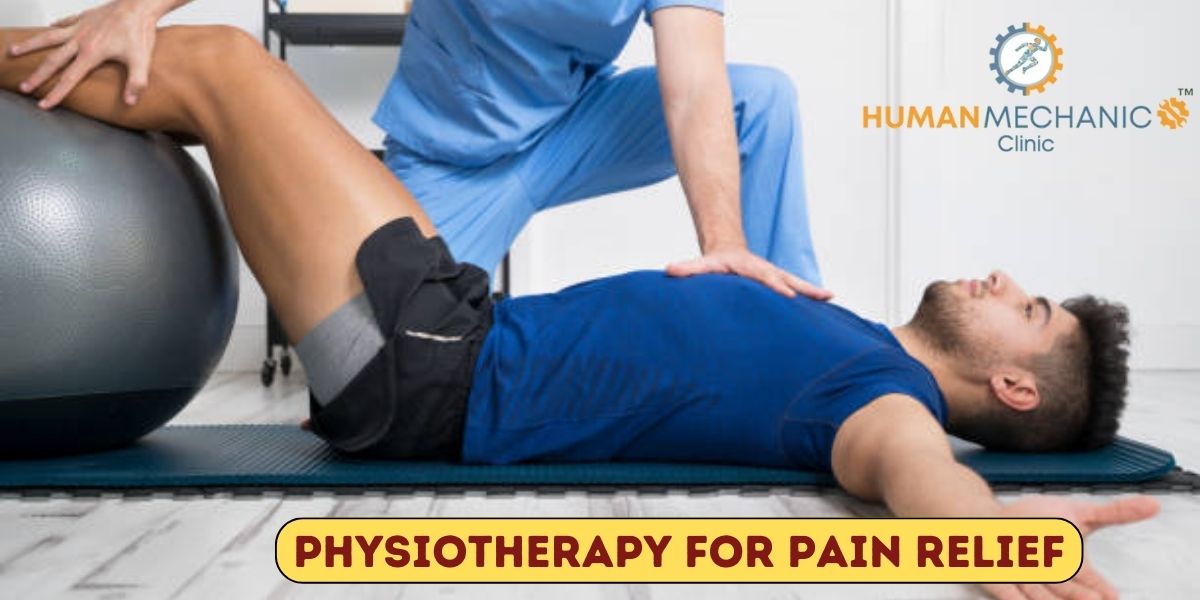Restoring Mobility Tips for a Healthier, Active Life
Restoring mobility Tips for a healthier, more active life Regaining mobility after an injury, surgery, or extended period of inactivity can be a challenging yet rewarding journey. Whether you’re recovering from a sports injury or seeking to improve your overall mobility Visit to Human Mechanic Clinic at Hadapsar Or Koregaon Park for a better quality of life, At our clinic there are several effective strategies you can incorporate into your routine. In this blog post, we’ll explore various tips and techniques to help you restoring mobility and achieve a healthier, more active lifestyle. Consult with a Healthcare Professional: Before embarking on any mobility restoration journey, it’s crucial to consult with a healthcare professional, such as a physiotherapist or orthopedic specialist. They can assess your current mobility status, identify any underlying issues, and create a personalized plan tailored to your needs. If you are looking for physiotherapy Clinic in Hadapsar to restore your joint mobility then visit to Human Mechanic Clinic. Set Realistic Goals: Setting realistic and achievable goals is key to staying motivated and tracking your progress. Whether your goal is to walk without assistance, regain flexibility, or improve balance, breaking it down into smaller milestones can make the process more manageable. Incorporate Physical Therapy: Physical therapy is a cornerstone of mobility restoration. A qualified physical therapist can guide you through exercises and stretches specifically designed to improve strength, flexibility, and range of motion. Consistency and dedication to your physical therapy regimen are essential for optimal results. Focus on Strength Training: Building strength in muscles that support mobility is crucial. Incorporate strength training exercises targeting the legs, core, and upper body into your routine. Start with light weights or resistance bands and gradually increase intensity as you progress. Prioritize Flexibility and Stretching: Flexibility plays a significant role in improving mobility and preventing injuries. Incorporate regular stretching sessions into your routine, focusing on major muscle groups and joints. Yoga and Pilates can also be beneficial for improving flexibility and balance. Practice Balance Exercises: Balance is essential for mobility and preventing falls, especially in older adults. Include balance exercises such as standing on one leg, heel-to-toe walks, and using balance boards or stability balls in your workouts. Maintain a Healthy Diet: A nutritious diet plays a vital role in overall health and mobility. Ensure you’re consuming a balanced diet rich in fruits, vegetables, lean proteins, and whole grains. Adequate hydration is also crucial for joint health and mobility. Use Assistive Devices as Needed: Depending on your mobility level, using assistive devices such as canes, walkers, or braces may be beneficial. These tools can provide support and stability as you work on improving your mobility independently. Stay Consistent and Patient: Restoring mobility is a gradual process that requires consistency, patience, and perseverance. Celebrate small victories along the way, stay committed to your rehabilitation plan, and don’t get discouraged by setbacks. Conclusion: Restoring mobility is achievable with dedication, proper guidance, and a proactive approach to your health. By incorporating the tips mentioned above into your routine and working closely with healthcare professionals, you can enhance your mobility, regain independence, and enjoy a more active lifestyle. Remember, every step forward, no matter how small, brings you closer to your mobility goals. Blog written By Dr. Palak Agrawal – Consultant Physiotherapist at Human Mechanic Clinic, Pune.





